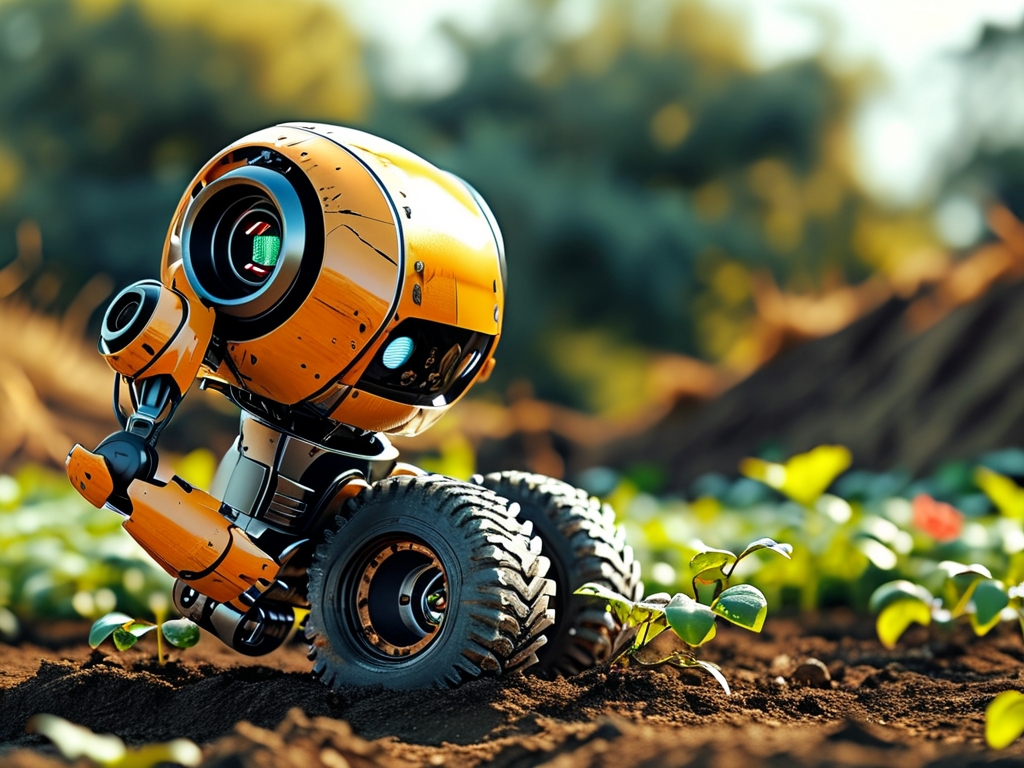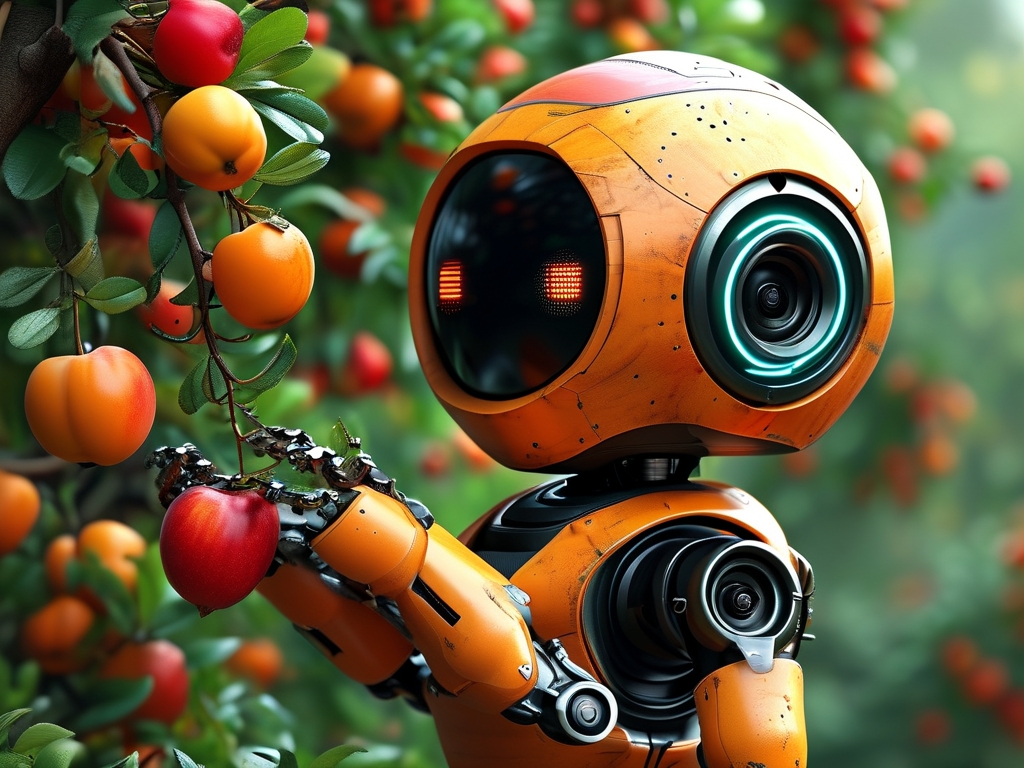The integration of robotics into agriculture has revolutionized traditional farming practices, with robotic soil tilling technology emerging as a cornerstone of modern precision agriculture. This technology combines advanced mechanics, artificial intelligence, and environmental sensing to automate soil preparation, optimizing crop yields while minimizing labor and resource waste. This article explores the core principles behind robotic soil tilling systems, their components, and their transformative impact on sustainable farming.

1. Sensor-Based Soil Analysis
Robotic tilling systems rely on multispectral sensors, LiDAR, and ground-penetrating radar to assess soil conditions in real time. These sensors collect data on soil moisture, compaction, organic content, and subsurface obstacles like rocks or roots. Machine learning algorithms process this data to generate a "soil health map," which guides the robot’s tilling depth, speed, and tool selection. For instance, overly compacted soil may require deeper tillage, while moist soil might necessitate gentler handling to prevent erosion.
2. Actuation and Power Systems
Modern tilling robots use electric or hybrid power systems to drive their mobility and tool actuators. Electric motors provide precise torque control for rotary tillers or plow blades, ensuring consistent soil turnover. Autonomous navigation is powered by GPS-RTK (Real-Time Kinematic) systems, enabling centimeter-level accuracy in row tracking. Solar panels or swappable battery packs ensure extended operation, with some models achieving 12–16 hours of continuous fieldwork.
3. Adaptive Tooling Mechanisms
The tilling tools themselves are modular and context-aware. For example, a robot might switch between rotary blades for light weeding and subsoiling shanks for breaking hardpan layers. Force feedback mechanisms adjust tool angles and pressure dynamically, preventing damage to delicate soil structures. In vineyards or orchards, specialized narrow-profile tillers navigate between rows without disturbing plant roots.
4. AI-Driven Decision-Making
Central to these systems is an AI module that processes historical and real-time data. By analyzing past crop performance, weather patterns, and soil microbiota trends, the robot optimizes tilling patterns for specific crops. For example, it might create shallow furrows for seedbeds in vegetable farms but employ contour tilling on sloped terrain to prevent water runoff. Reinforcement learning allows the robot to improve its strategies over multiple growing seasons.
5. Environmental and Economic Benefits
Robotic tilling reduces soil degradation by eliminating over-tillage, a common issue with traditional machinery. Precision depth control preserves beneficial microorganisms and minimizes carbon release from over-aerated soil. Economically, farmers report 20–30% reductions in fuel and labor costs. Small-scale farms benefit from scalable robotic solutions that replace heavy, expensive tractors.
Challenges and Future Directions
Current limitations include high upfront costs and susceptibility to extreme weather. Researchers are addressing these by developing lighter, cheaper robots with improved obstacle avoidance. Future iterations may integrate drone-based soil surveillance or blockchain-enabled data sharing for cooperative farming networks.
Robotic soil tilling technology exemplifies the fusion of agronomy and robotics, offering a scalable path toward eco-friendly agriculture. As AI and material science advance, these systems will become indispensable in addressing global food security challenges while preserving terrestrial ecosystems.


